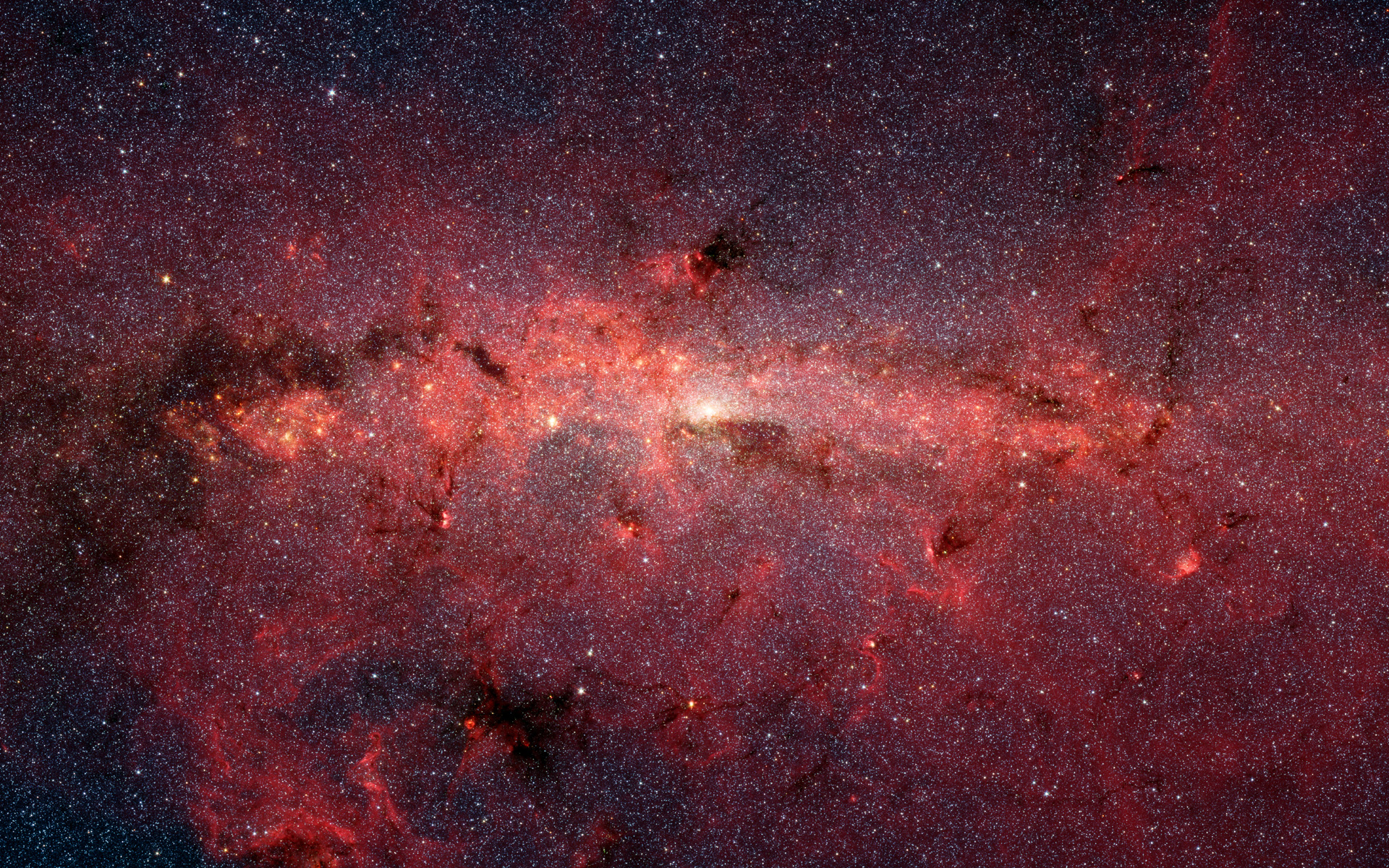This is an amazing image. Can you imagine how much work went into producing it? No, I can't either, but if it was easy to do something like this we would surely see many more images like this one. The fact that we don't is testimony to the herculean effort it took to make this image.
It's a little confusing but fun that the picture is "upside down" from a Northerner's perspective. It challenges our "north is up" complacency, because in reality, no direction in space is "up".
All the fantastic nebulosity that is brought out in this picture really challenges our idea of the constellation of Scorpius, too. This is how most of us think about Scorpius, I think:

This image is great, too, and it was even better when I found it on the Internet. This site shrinks many images, which is very good in some cases, I must admit. Still, even in its original size the picture above was not nearly as deep as Rogelio Bernal Andreo's picture. Even when the above image was larger it would have been impossible to pick out the Snake Nebula, for example, while that nebula stands out amazingly clear and sharp in today's APOD. And look at the "claws" of the Scorpion. The "claws" are the curving line of blue stars forming an "arc" some distance from Antares and the Rho Ophiuchi area. In the picture that I posted here there is no nebulosity visible at all in the area around the "claws", but in Rogelio Bernal Andreo's image there are amazing amounts of it.
At bottom left of Rogelio Bernal Andreo's image is "the Blue Horse", a blue reflection nebula surrounding blue star Nu Scorpii. Two patches of blue can be seen at the back of the horse's "head": they are reflection nebulae van den Berg 102 and 103. The blue "eye" of the Blue Horse is staring at another blue star, Beta Scorpii. Some distance above and to the left of Beta Scorpii is somewhat brighter-looking Delta Scorpii, which had an outburst and brightened some years ago. Delta is surrounded by some almost beige-looking nebulosity, which may or may not be quite right (the beige color, I mean). Some distance above Delta is bluer-looking Pi Scorpii, surrounded by a lot of nebulosity. Fantastic! Bet you hadn't seen that nebulosity in very many pictures before!
The Antares and Rho Ophiuchi region looks rather unfamiliar, mostly because it is upside down, and partly because this image brings out nebulosity a little differently than most pictures of this region, and partly because the color of a few of the stars is a little off. Antares, the star sitting in the upper part of the large yellow patch, looks blue-white. The star is really yellow-orange, as in the picture above. To the left of Antares in Rogelio Bernal Andreo's image is the white-looking globular cluster, M4, and to the lower left of Antares is the yellow-white fainter-looking globular cluster NGC 6144. Below Antares is the blue star 22 Scorpii, surrounded by a small blue reflection nebula. The star surrounded by a red emission nebula is Sigma Scorpii. The white-looking patch is, I think, a reflection nebula surrounding star HD 147889. The tiny group of stars in the big blue patch of reflection nebulosity is the multiple star Rho Ophiuchi, but it has become too faint here, I think.
To the right of the picture, you have the well-known Milky Way with the pink patch of the Lagoon Nebula, and the small pink and blue Trifid Nebula below it. If you draw a straight line from Antares to the Lagoon Nebula, you will come across blue-looking star Theta Ophiuchi. Below and very slightly to the right of Theta Ophiuchi you can find the Snake Nebula.
As I said before, this image is the product of a herculean effort. I don't know how many images of the sky have been "stitched" together to produce this image. However, when you stitch so many images together a few mistakes may occur. I have already said that I think that Rho Ophiuchi looks too faint in this image, and maybe the blue reflection neubla surrounding it is too small, too. Also Antares looks too blue. Another star has definitely received the wrong color, too. Can anyone spot which one?
Ann
 Dark River Wide Field
Dark River Wide Field

